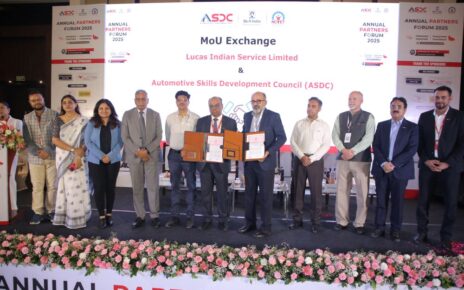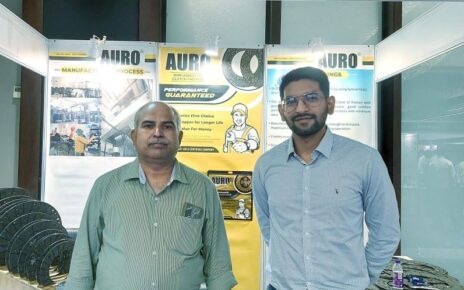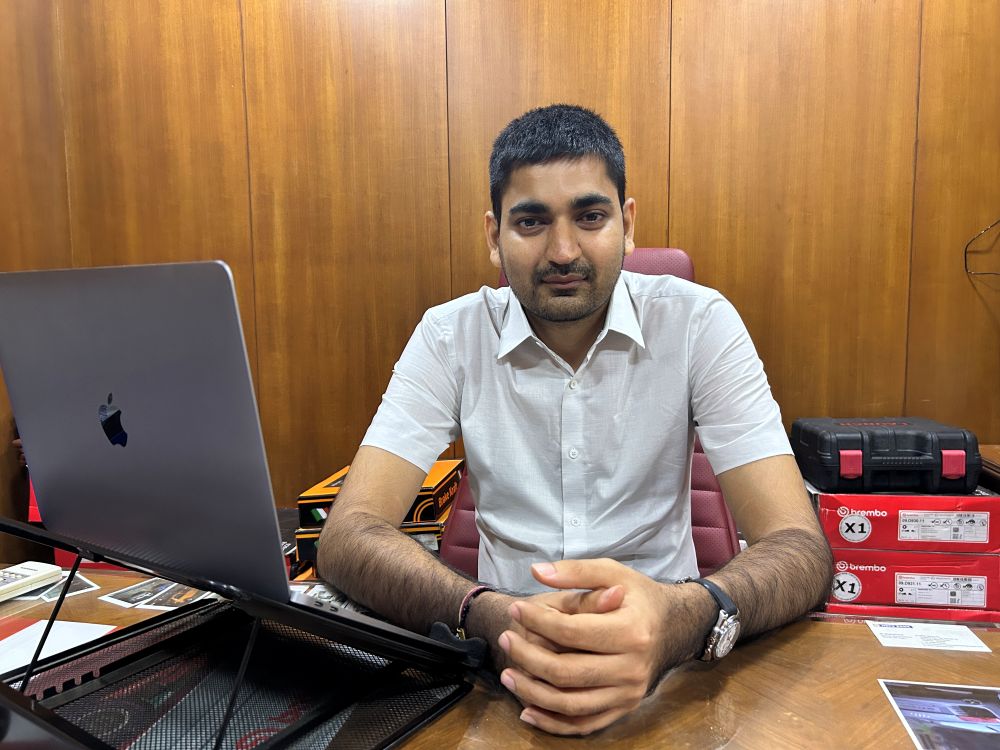
With over five decades of legacy and a deep-rooted passion for performance and precision, United Motors stands today as a trusted name in India’s automotive aftermarket, particularly in the niche yet growing segment of high quality braking systems.
The company’s story began with Mr. R. Parasmal, who was the official importer of NTN Bearings (Japan) into Tamil Nadu.His pioneering spirit was carried forward by Mr. B. Ravindra Kumar, who introduced Japanese engines for diesel swaps in petrol cars and excavator spares into India, well before globalization took hold.
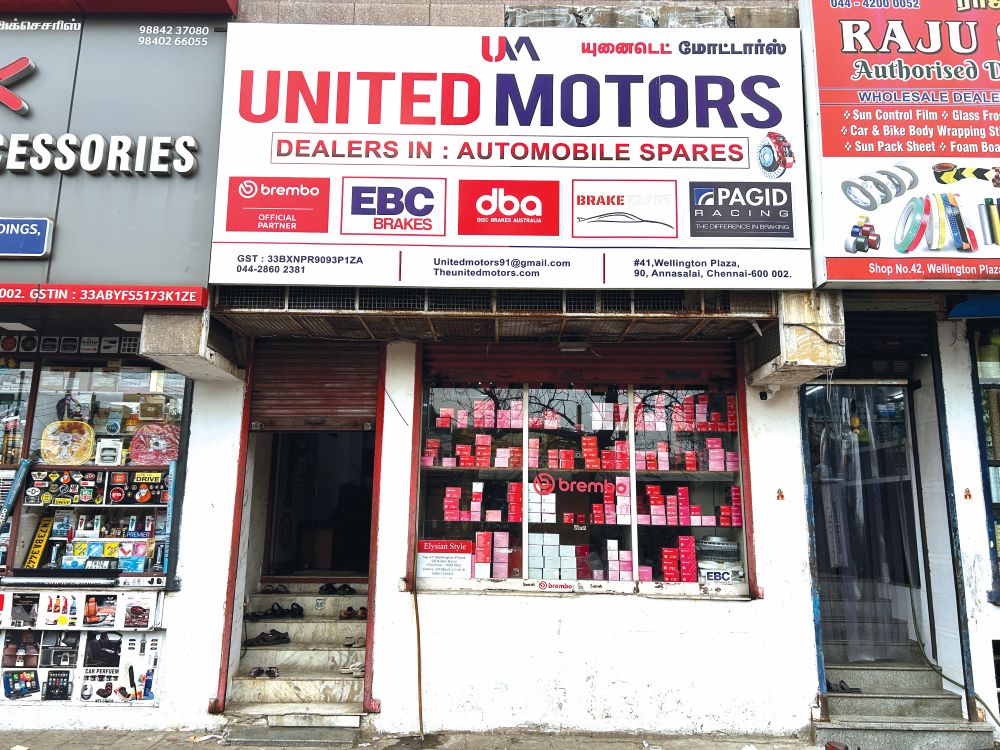
At the helm of this legacy is Aashish Ravindrakumar, Proprietor of United Motors, who brings a mix of modern technology, deep product knowledge, and market intuition to the table. “We’re more than 50 years old as a company, and I’ve been in the business for nine years now. Our core focus is on four wheeler braking solutions, from Maruti Swift to Ferrari. We carry a range of premium brands including Brembo, EBC Brakes (UK), DBA (Australia), ICER (Spain), and Pagid Racing (Germany), and have even introduced our own label, Brake Kraft,” he says.
The Chennai Market: A Paradox Full of Potential
Despite being headquartered in Chennai, a city known for its automotive roots, Aashish candidly shares the unique market dynamics he observes. “Chennai has always been slow in aftermarket movement, even though we’re based here. Many car brands and aftermarket parts companies send their sales teams to visit the region every two months just to touch base. A lot of car owners still rely on personal or family mechanics, many of whom have longstanding relationships, like our own 30-year family mechanic.”
While traditional loyalty to small garages persists, he believes that the city has untapped potential. As consumer habits evolve post-COVID, he sees growth coming in the next 3–5 years, especially with the rising ownership of premium vehicles and a slowly maturing workshop infrastructure.
Inventory, Imports & Infrastructure
The aftermarket space in India isn’t without its challenges. Managing inventory across hundreds of vehicle models, coping with volatile forex rates, and dealing with fragmented logistics are everyday battles. “One major hurdle is dead stock. You could stock up on parts for Renault Duster, and a year later, it’s completely disappeared from the roads. Also, the depreciating rupee adds 12% or more to import costs, and shipping delays, from 30 to 65 days, have become the norm post-Ukraine war. Every import is full upfront investment, plus 50% customs duty,” he explains.
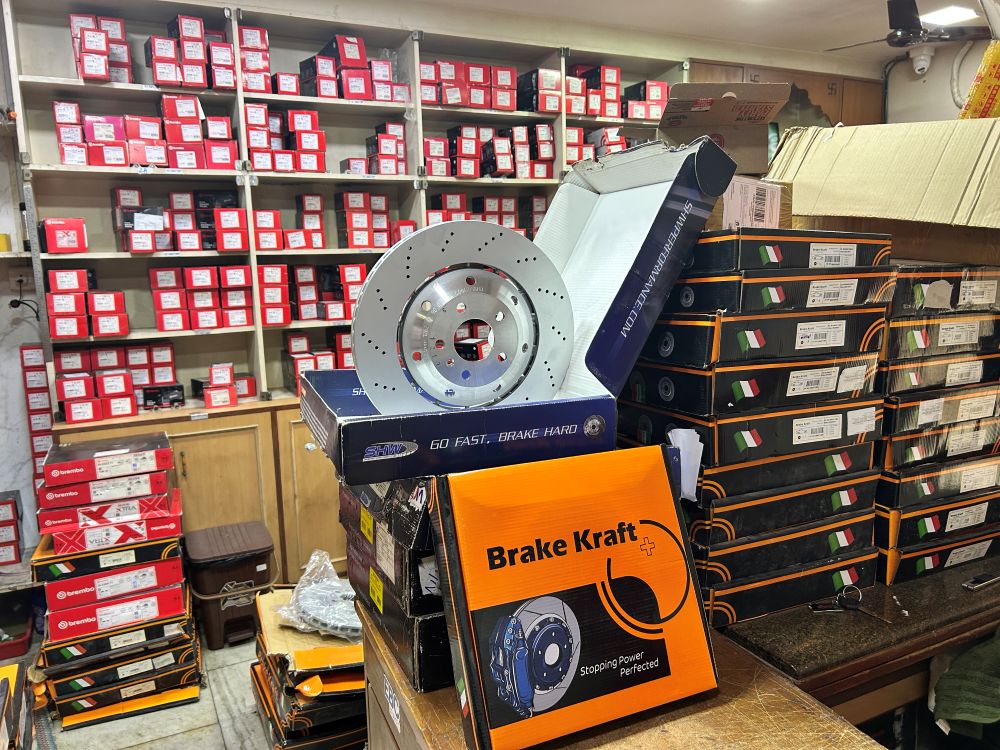
More critically, the grey market looms large. Regulatory loopholes allow others to undercut prices through improper HSN codes or misdeclared imports, a problem Aashish highlights with concern. “Many players use tractor HSN codes to avoid duty, saving up to 13%. It’s hard for a compliant importer to compete when the playing field is this skewed. It’s sad, but even genuine parts now struggle to survive,” he says.
United Motors’ performance reflects this: an 18% year-on year growth in turnover from brake/friction parts alone this year, achieved despite the structural burdens of high duties and credit-oriented B2B transactions.
United Motors’ Digital Edge
Despite these hurdles, United Motors has leaned into technology to sharpen its efficiency and customer experience. Aashish proudly discusses the B2B platform they’ve developed for dealers and distributors. “We’ve built our own B2B app, available on app stores and web, where dealers can log in anytime, view live stock, pricing, and brand options. It’s fully transparent.
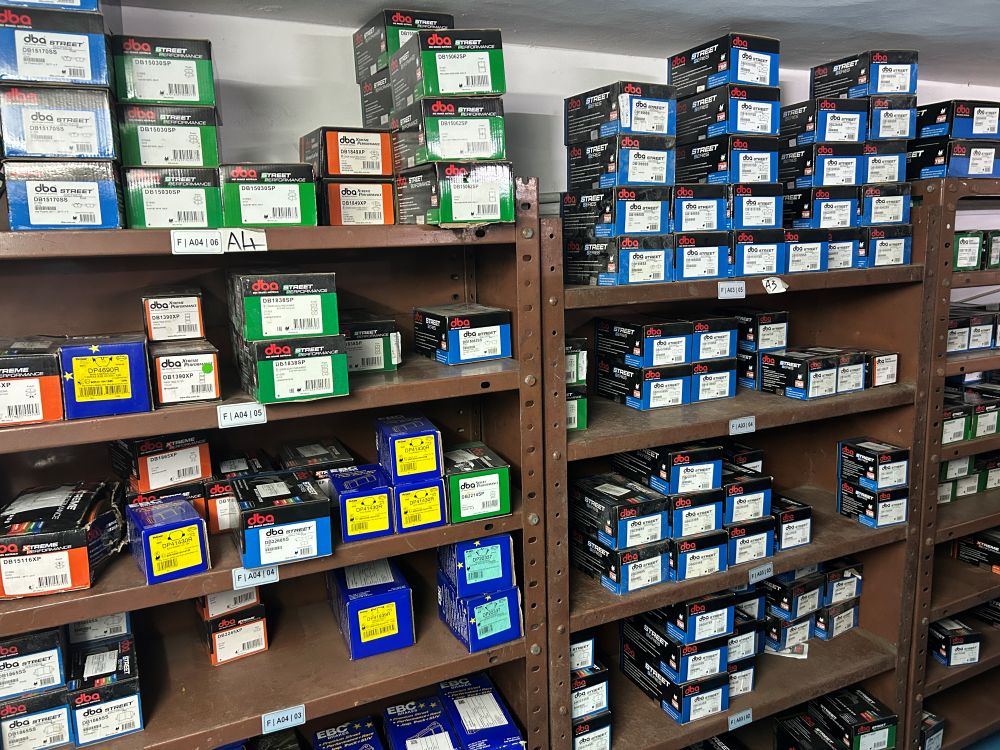
They can’t argue someone got it cheaper elsewhere; everyone sees the same info. Final orders are still placed by phone due to varying credit terms, but digital visibility has made a big difference,” he explains. The app not only supports day-to-day operations but also simplifies onboarding for new staff and aids in catalog-based sales using AI and OEM databases.
Shifting Buyer Trends: Quality vs. Cost
In a market flooded with counterfeit parts and brand dilution, United Motors stands firm on quality, even when it means educating customers against their instincts.
“People walk in asking why a Ferrari brake pad costs ₹1.5 lakh when they ‘saw it for ₹15,000 in Dubai.’ What they don’t know is that Dubai has no quality regulation. Fakes in real-looking boxes flow in from China, risking ₹30-lakh brake discs. But the customer only sees short-term savings,” he warns.
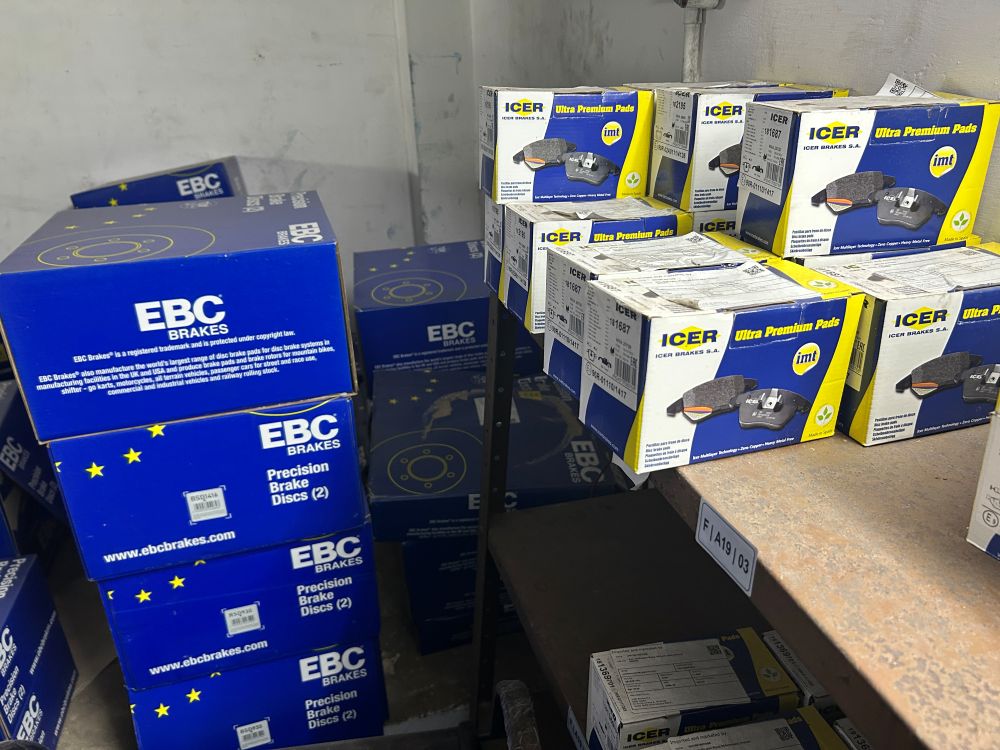
Brand consciousness, once a hallmark of South Indian buyers, is eroding under price pressures and misinformation. Even global brands, he says, must adapt. “Most of these foreign brands need to Indianize. Indian models like the Virtus or Slavia have region-specific disc and pad sizes. If brands don’t adapt, we take the initiative to develop aftermarket solutions ourselves,” he adds.
A Vision Beyond Chennai
Looking ahead, United Motors aims to deepen brand partnerships and push for more B2C visibility, especially within Chennai. “Chennai lacks established workshops. Many pop up and shut quickly. We need long-term, reputed players. Once the workshop network grows, aftermarket sales will pick up naturally,” he says.
“There’s also scope in building a stronger car enthusiast community, with events and expos not just focused on new cars but also maintenance education. Customers who love their cars want to learn,” he adds. His hope also lies in seeing more local manufacturers enter the premium segment to reduce dependence on costly imports.
Local Support & Clarity
Aashish is vocal about what he expects from his global brand partners: better India-specific documentation, local merchandising, and clearer technical support. “Earlier, brands used to send caps, stickers, even brake lubricants in every box. Now they’ve cut all that. Websites show international data, which misleads Indian buyers. We get blamed when someone buys a Swift disc shown on the website meant for the European variant,” he shares.
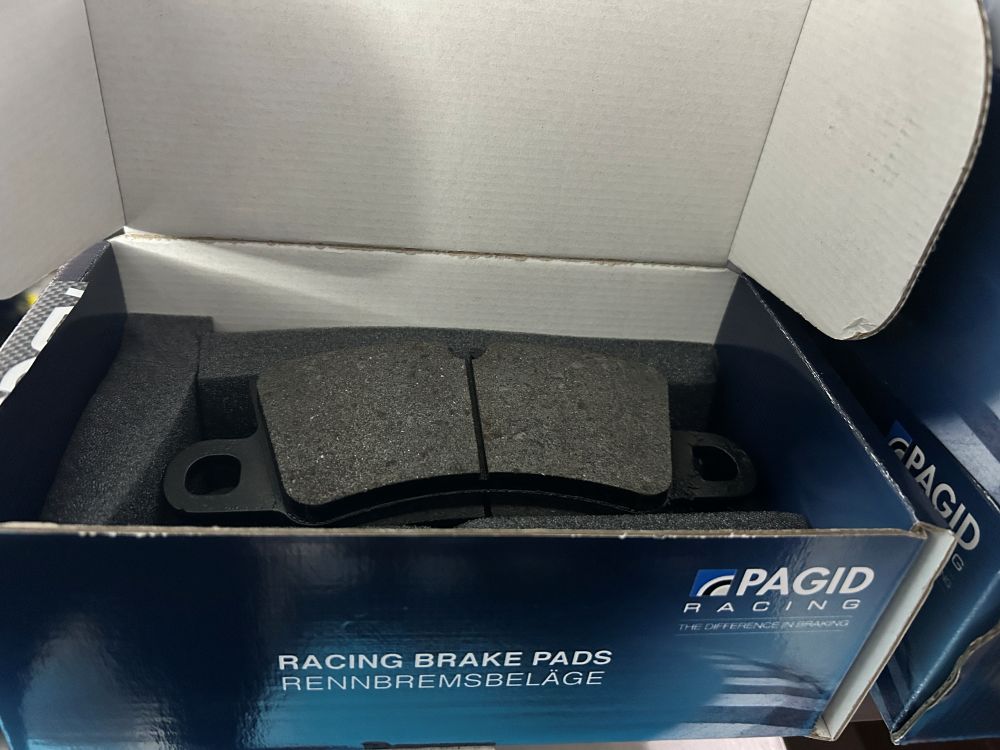
“Even brake bedding procedures, no one reads them. The first thing people do after installing new pads is hard braking. They expect instant performance. When something goes wrong, they only blame the brake, not tires or suspension or driving style.”
Despite frustrations, Aashish remains optimistic about the future. He emphasizes patience, continued investment, and the importance of educating customers about the reality behind every product.
“Customers don’t realize—we can’t just air-freight their part because it’s urgent. It’s not feasible unless there’s bulk demand. The global economy is strained. Local manufacturing must rise. Only then can we provide good-quality, well-priced products across the board,” he concludes.


